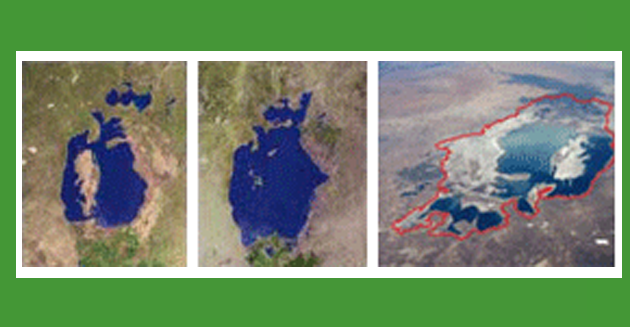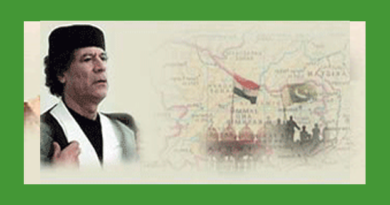Earth Summit: Aral Sea
|
26.08.2002 The Aral Sea used to be the fourth largest inland body of water in the world. Now it ranks eighth. The irrigation needs used to be for three million hectares. Now the requirements are for eight million hectares. The plant and animal life in the north of the Delta of the Amu Darya River has suffered a serious deterioration as a result of increased salinity and lack of water. The deteriorating drainage work has led to the rise of the water table and a three-fold increase in salinity. The aged irrigation networks have caused 80% of the water to be wasted. Waters depth has decreased from 70 meters to 12 meters. The sea was 10 km far, now it has retracted to 70 km. The surface area has shrunk from 64000 km2 to 30000 km2. 50 lakes have dried up in the Delta of the Amu Daria River. Arable land has shrunk from 550 thousand hectares to 20 thousand hectares. The Aral Sea has fragmented into three separate, highly-saline lakes. Aral Sea used to play the role of a natural air-conditioner that blocked the cold winds coming from Siberia in winter and cooled the air in summer. Its climatic efficiency was destroyed. The climate of the area has become more continental. Summers are much hotter and rainless. Winters are long and harshly cold. The growth season was shortened thus threatening the cotton agriculture. The Aral seabed, which covers three million hectares, has become exposed to the winds which transfer its salts and destructive residue of insecticides to the surrounding areas. More than 70 million metric tons of salts and destructive insecticide residues have accumulated on those lands. Wind-blown, they have reached Byelorussia thousands of kilometers away. The excessive drawing of water has turned Mionak into a peninsula. Commercial fishing has come to a halt. Consequently, 3000 fishermen and tens of thousands of people have lost their livelihood. They used to harvest more than 20 species of fish. Only four species remain. The fish stocks were estimated at 50 thousand tons. Now, the estimate has declined to a mere 3000 tons. Only 250 fishermen remain active. The production of the farm-raised Mink fur has all but disappeared. The economic activity related to fish canning has been suspended. Production has declined from 30 million to only 4 million. The canneries now import fish from the Baltic Sea whose production has also declined. In addition to the economic catastrophe resulting from the degradation of the Aral Sea, there is also a very serious health disaster resulting from the pollution of water and agricultural products. Drinking water and vegetables have been seriously polluted. The amount of toxic minerals, salts and insecticides in them has increased dramatically. This caused the increase in the rate of maternal and infant mortality to 120 per 100,000 and 60 per thousand infants. Kidney and liver diseases as well as cancer, thyroid gland and joints inflammation diseases have increased 40 to 60 fold. The lead and zinc rate have increased in women’s blood. The number of women suffering from anemia has increased by 80%. Deaths rate has reached 100 per thousand. The medical studies forecast that a whole nation living in that area will disappear in the span of one generation, unless the world takes some serious action to save them by saving the Aral Sea. Billions cubed meters of polluted sewage waters pour in the Amu Daria River. The studies say that within ten years the whole area will become an arid desert. Thus we will have reached the point of no-return. I place this urgent humanitarian issue before the Johannesburg Summit. |




